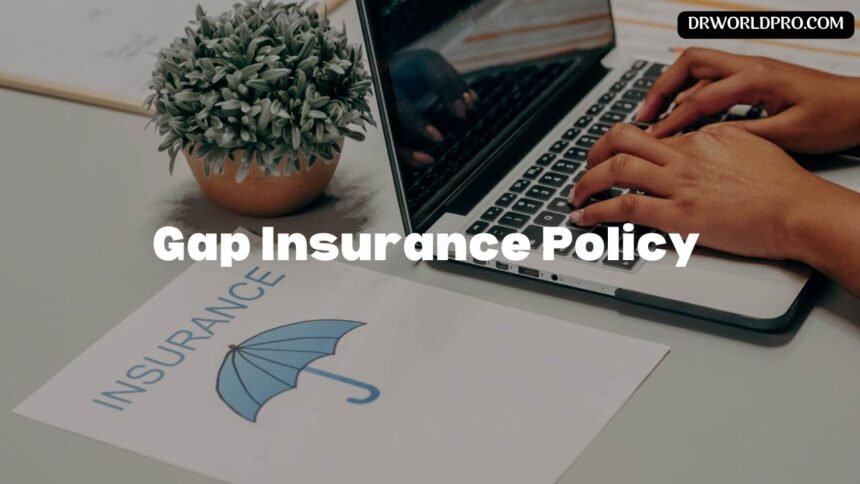Gap Insurance Policy : As the proud owner of a new car, you revel in the excitement of hitting the open road. However, amidst the thrill of your new vehicle, it’s crucial to consider protection beyond standard auto insurance. This is where Gap Insurance comes into play, acting as a financial safety net to bridge the gap between the actual cash value of your car and what you owe on your auto loan. In this guide, we’ll delve into the intricacies of Gap Insurance, its significance, and why it’s a wise investment for new car owners.
Section 1: Understanding Gap Insurance Policy
- What is Gap Insurance Policy ?
- Gap Insurance, or Guaranteed Asset Protection, is a type of insurance that covers the difference (or gap) between the actual cash value of your car and the amount you owe on your auto loan or lease.
- When is Gap Insurance Necessary?
- Particularly valuable for new car owners who experience rapid depreciation in the vehicle’s value during the initial years.
- Recommended for those who make a small down payment or opt for a longer-term loan.
Section 2: The Significance of Gap Insurance Policy
- Depreciation Realities:
- New cars can lose a significant portion of their value in the first few years. Gap insurance shields you from the financial impact of this depreciation.
- Loan and Lease Protection:
- If your car is totaled or stolen, standard insurance covers the actual cash value, which may be less than what you owe. Gap insurance covers the remaining amount, ensuring you’re not left with an outstanding loan or lease balance.
Section 3: How Gap Insurance Works
- Scenario of a Total Loss:
- Illustration of how Gap Insurance works in the event of a total loss, where the standard insurance payout may fall short.
- Coverage Details:
- Gap Insurance typically covers the “gap” up to a certain limit. Understanding the coverage details is essential when choosing a policy.
Section 4: Factors to Consider When Getting Gap Insurance Policy
- Loan Terms and Down Payment:
- Consider the length of your loan and the size of your down payment. Longer loans and smaller down payments may increase the potential gap.
- Vehicle Depreciation Rates:
- Research and understand the depreciation rates of your specific vehicle to estimate potential gap exposure.
Conclusion:
While the joy of a new car is unparalleled, safeguarding your investment is equally important. Gap Insurance serves as a crucial shield, protecting you from financial setbacks in the unfortunate event of a total loss. As a new car owner, taking the time to explore Gap Insurance options can provide peace of mind, allowing you to fully enjoy the road ahead without worrying about potential financial gaps. Make informed decisions, bridge the gap, and drive confidently into the future with the added security that Gap Insurance provides.
Read More : Family Car Insurance Plans : Navigating the Road Together
















